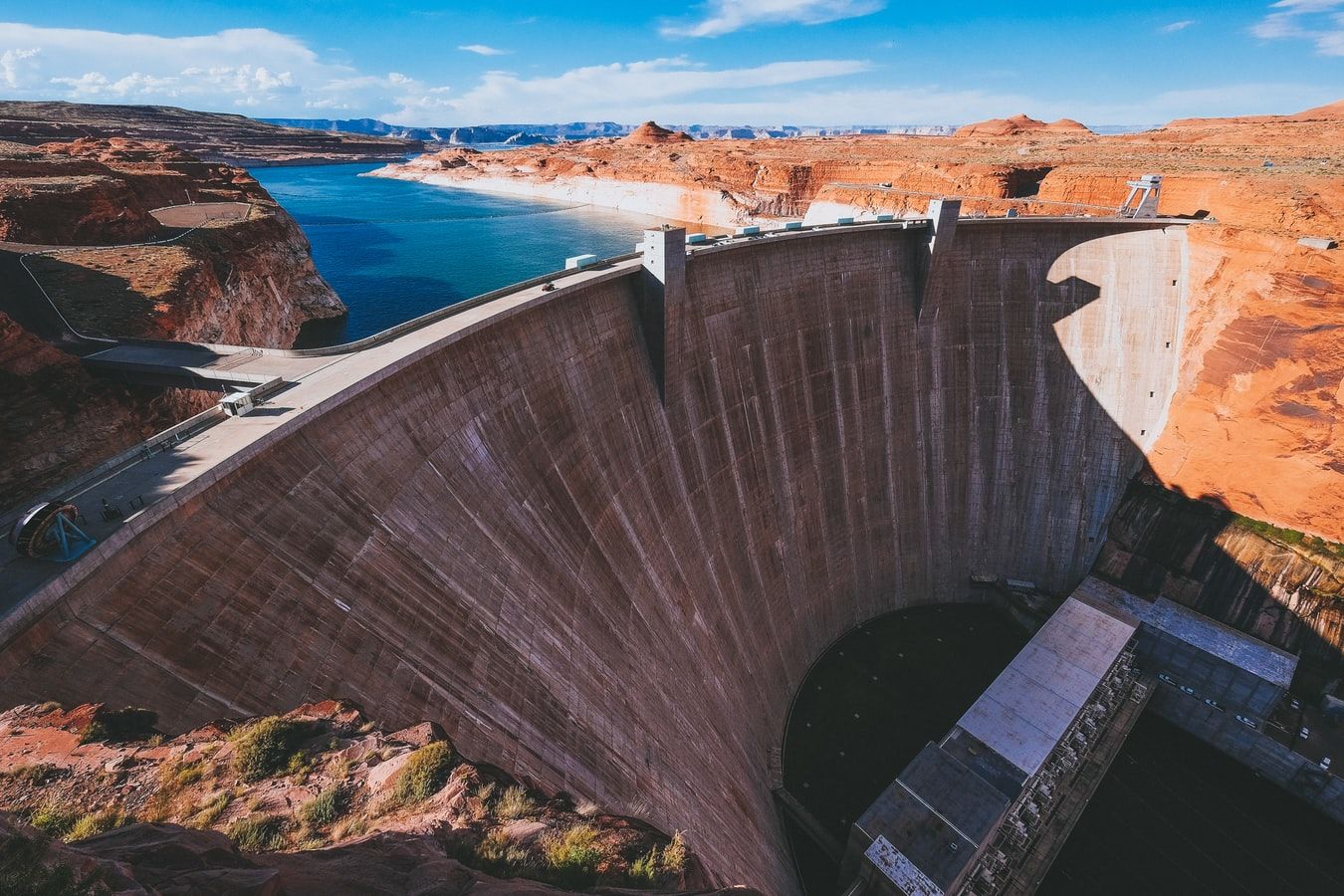Dams are enormous concrete containers that collect and store rainwater. They may seem to be a structure built for only one purpose but unknown to most, a dam stores up hydroelectric power, a renewable source of energy that is far more eco-friendly than nuclear or coal energy. The collected water is also used for flood protection in cases of long-term drought.
Agriculture benefits greatly from dams, since some crop fields rely on irrigation using stored dam water. In some places, dams are also used for recreational purposes such as camping and fishing. It should be noted that dams are the walls that block water flow, while the lake inside it is referred to as the reservoir.
The Philippines currently has fifteen operational dams. These are reported to have a total water storage volume of 8.67 x 10⁹ m³. Among these, the San Roque Dam stands out as the country’s largest dam, which has a storage space 835 million cubic meters. For comparison, here are the world’s largest dams and their reservoir capabilities:
- Kariba Dam, Zimbabwe
Storage Capacity: 185 billion cubic meters
Note: The world’s biggest dam that make up 60% of the hydropower outputs for Zimbabwe and Zambia.
- Bratsk Dam, Russia
Storage capacity: 169.27 billion cubic meters
- Akosombo Dam, Ghana
Storage capacity: 144 billion cubic meters
- Daniel Johnson Dam, Canada
Storage capacity: 139.27 billion cubic meters
- Guri Dam, Venezuela
Storage capacity: 135.27 billion cubic meters
Although dams have provided for the people for centuries, it is not exempt from danger. Dams have caused multiple disasters in the past, either due to negligence or extreme weather. For example, the South Fork Dam failure of 1889 caused the deaths of over 2000 lives after the dam broke from the heavy rainfall. In 1961, the Panshet Dam burst open and killed a thousand people due to the dam’s poor quality— regular concrete blocks were used instead of reinforced concrete. The worst disaster in terms of casualty count belongs to the Banqiao Reservoir Dam in the Henan province of China. The death toll amounted to 230,000 fatalities, and the failure was due to the intensity of Typhoon Nina.
In more recent news, a dam in Southern California is found to be in bad shape after a 2018 assessment uncovered the Mojave River Dam’s shortcomings, as the dam can fail in the future from extreme weather conditions. Though a spokesman from the Army Corps of Engineers is downplaying the possibility of such an incident, the threat still exists, and the over 300,000 people living in the dam’s vicinity are still at risk.
Dams have long existed since ancient times, and civilizations have benefited from them for a long time. Though disasters have occurred, it is undeniable that dams are needed for the sake of every country’s well-being. Without it, a season of drought would have been more deadly, and hydropower would not be in use as a sustainable source of power today.
![]()









